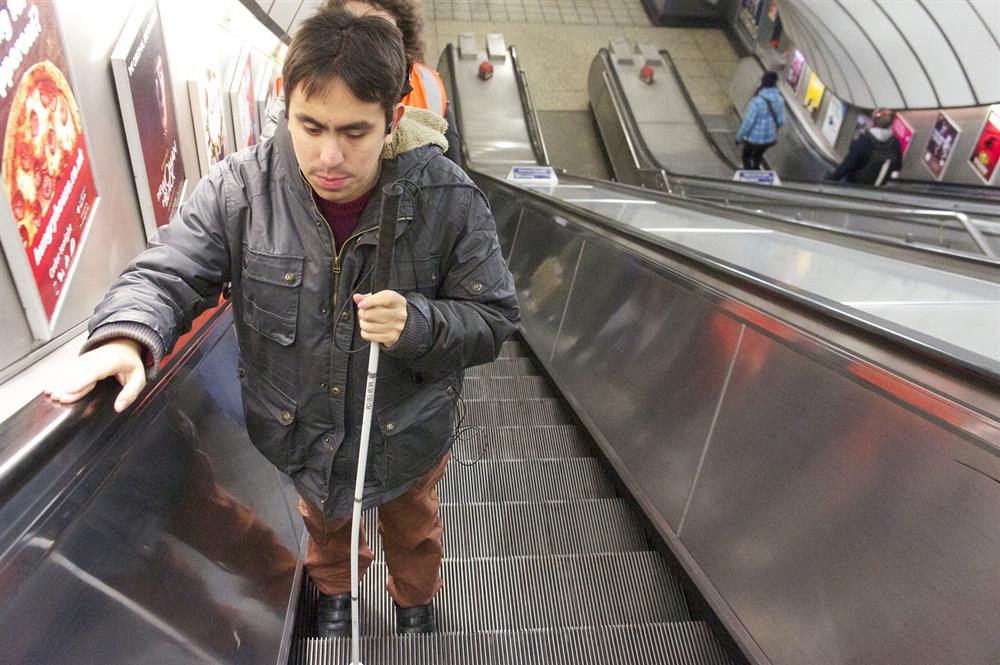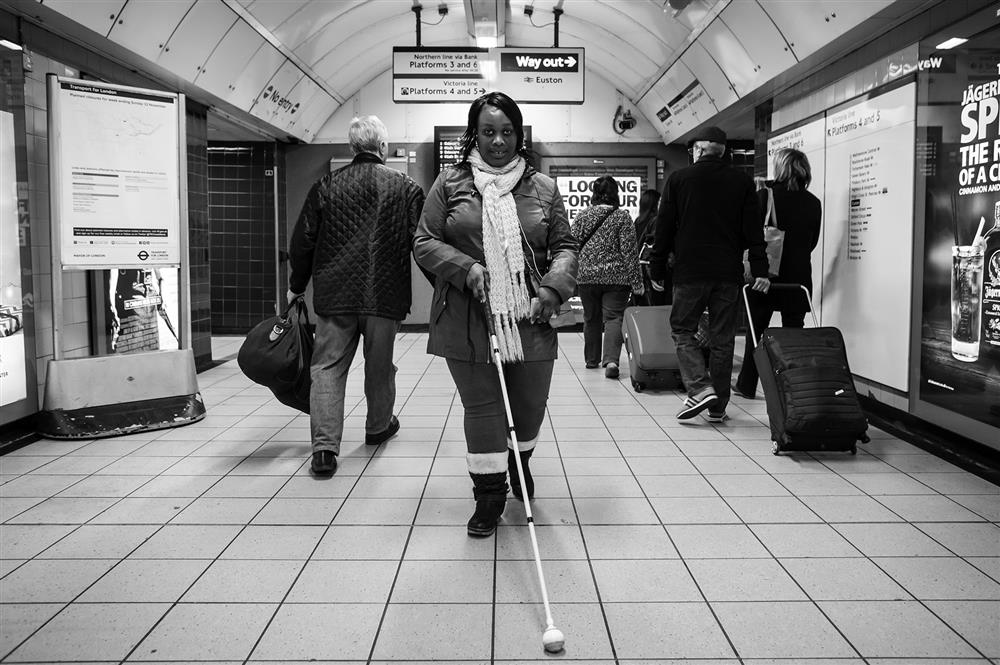ITU standard on indoor audio navigation system for the blind
- Solution
- Global – International Telecommunication Union – International standard for indoor audio navigation
- Organization
- ITU - International Telecommunication Union, Regional Presence Europe
- Country of Implementation
- United Kingdom
- Region
- Europe
- Subregion
- Western Europe
- Start Year
- 2015
- First published
- 31.01.2019
Solution details
People
Wayfindr, an Open Standard to make audio navigation systems accessible for persons with visual impairments, was approved in March 2017 as the first Open Standard for indoor audio navigation by the International Telecommunication Union, a United Nations agency. It becomes the world’s first internationally-recognised standard for accessible audio navigation. Adoption of the standard gives governments, companies, and NGOs around the world an accepted benchmark for indoor audio navigation systems, along with a host of resources to implement the navigation technology in their own organizations, which in turn helps users to benefit from a consistent and reliable navigation experience wherever they go.
Problems Targeted
According to a 2012 report by the Royal National Institute of Blind People, 43 per cent of persons with vision impairments would like to leave their home more often, but traveling independently through indoor built environments such as public offices and transport terminals can be a difficult and intimidating experience.
Funding, Outlook and Transferability
Trials of the technology were initially carried out on the London Underground system, and additional trials have since taken place in Sydney, Oslo, and Barcelona, and Venice. The technology was also used at the M-Enabling Summit in June 2017 (promoting accessible and assistive technologies) by Right-Hear – an Israel-based advanced orientation provider using the wayfinding technology via a mobile phone app – thus allowing visually impaired participants to navigate the conference with ease. Wayfindr plans to continue to improve the standard and welcomes input from stakeholders. Its overall aim is for the standard to accelerate the universal adoption of indoor audio navigation as a mainstream feature of all built environments and public transport infrastructures. Wayfindr is also developing a software accreditation check that will allow venues and apps to show they comply with the standard, and a training course for rolling out the navigation systems.
Media
Life Story

THE STORY OF KEVIN, USER OF WAYFINDR
“I felt empowered with the accuracy of the directions in the Underground.”
My name is Kevin. Currently, blind and partially sighted commuters like me have to rely on station staff to assist them onto their train. They also have to be met at their destination by someone. Wayfindr was born out of a dream for the visually impaired to be able to travel completely independently on the London Underground. Using Wayfindr is an awesome experience! Thanks to the audio instructions provided using the system’s Open Standard, I know exactly where I am and where to go at all times. At Pimlico Station, for example, I turn right, walk ten paces, and just as I step onto the platform Wayfindr confirms my arrival. All I have to do now is wait for the next train, confident in the knowledge I am on the right platform. Before testing Wayfindr I’d never been to Pimlico, so the fact that I can do this guided only by a mobile app is a really big deal. It could save me an immense amount of time and make my journey much less stressful, given that I or any other visually impaired commuter does not have to worry if there is a staff person available to assist us, a particular problem at night. Using Wayfindr, I am empowered by the accuracy of the directions provided, and I really feel like any other commuter walking on my own to catch a train.
Related information
- Connections
- 2
-
Organization
- People

